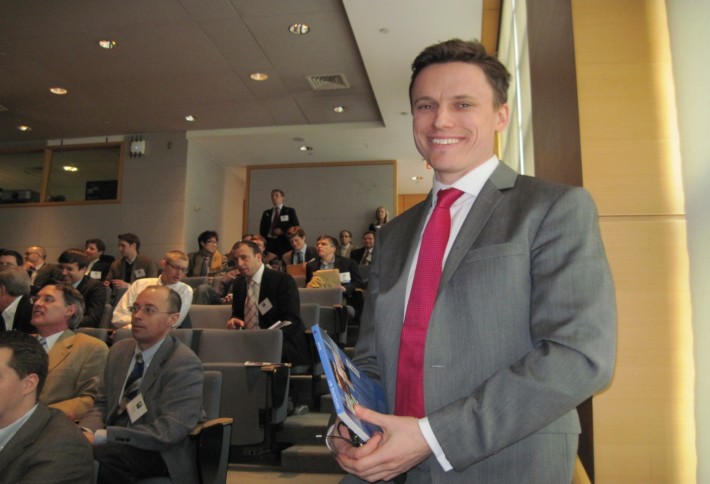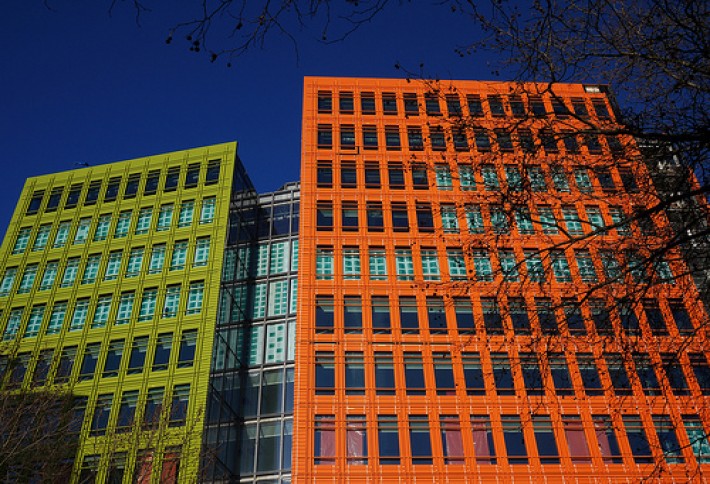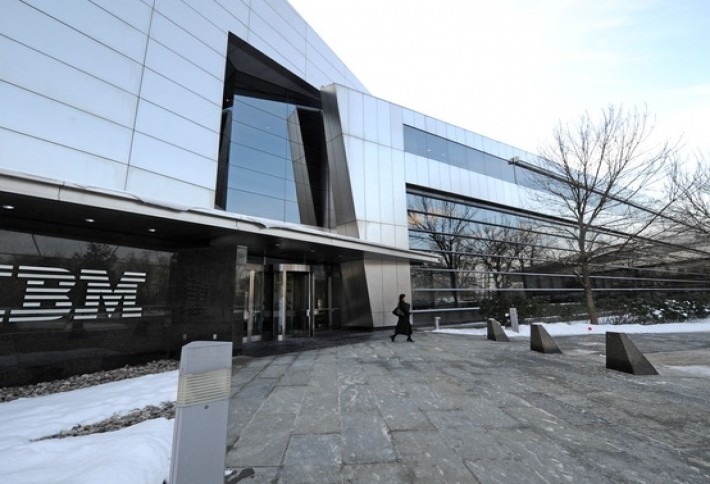Three Ways To Build An Icon

If building an iconic property were easy, everyone would do it. (And if we knew what made videos go viral, we'd make them all that way. Though we're pretty sure cats are involved somehow.) Hines London directorAlexander Knapp details just how.

Alexander,a trained architect and dealmaker,gave the keynote Friday at the MIT Real Estate Forum organized by the Institutes Center for Real Estate Alumni Association.
1) Create an Identity

Who ever heard of Bilbao before the Guggenheim opened its Frank Gehry-designed museum? Actually, the buildingisn'tideal for displaying art, Alexander says; it may not even be great architecture. Still, people now go out of their way to visit. The design creates a strong identity that says "wearen'tafraid to be different." Often such projects need a visionary to propel them. When they work, it's because a decision maker had the guts to try something unusual.
2) Make a Statement

Some hate, others love Central St. Giles, an office building in London with a bright, multi-coloredceramic faadedesigned by Renzo Piano. But it makes a statement of individuality for tenants like Google and NBC. Buildings with a unique identity--or ones that establish a new destination--generate the most value but are the most difficult to create. Theyre expensive; they require a great deal of effort (its easier to copy existing prototypes), and large corporate tenants tend to favor the most common denominator (aka bland design).
3) Reinforce the Tenant's Identity

Great buildings fulfill their intended purpose. Theyre the right size and haveenough parking and loading docks. They are quality structures, made to last and easy to use. But that may not be enough to achieve greatness. The unquantifiable, emotional elements of a building make people and businesses want to be there, because it reinforces their identity. For instance, in 2011 IBM built a new 220k SF HQ in Armonk, NY near its longtime 420k SF building, he says. The new structure creates value because it says "were modern, we fit into the landscape, and we can adapt."
